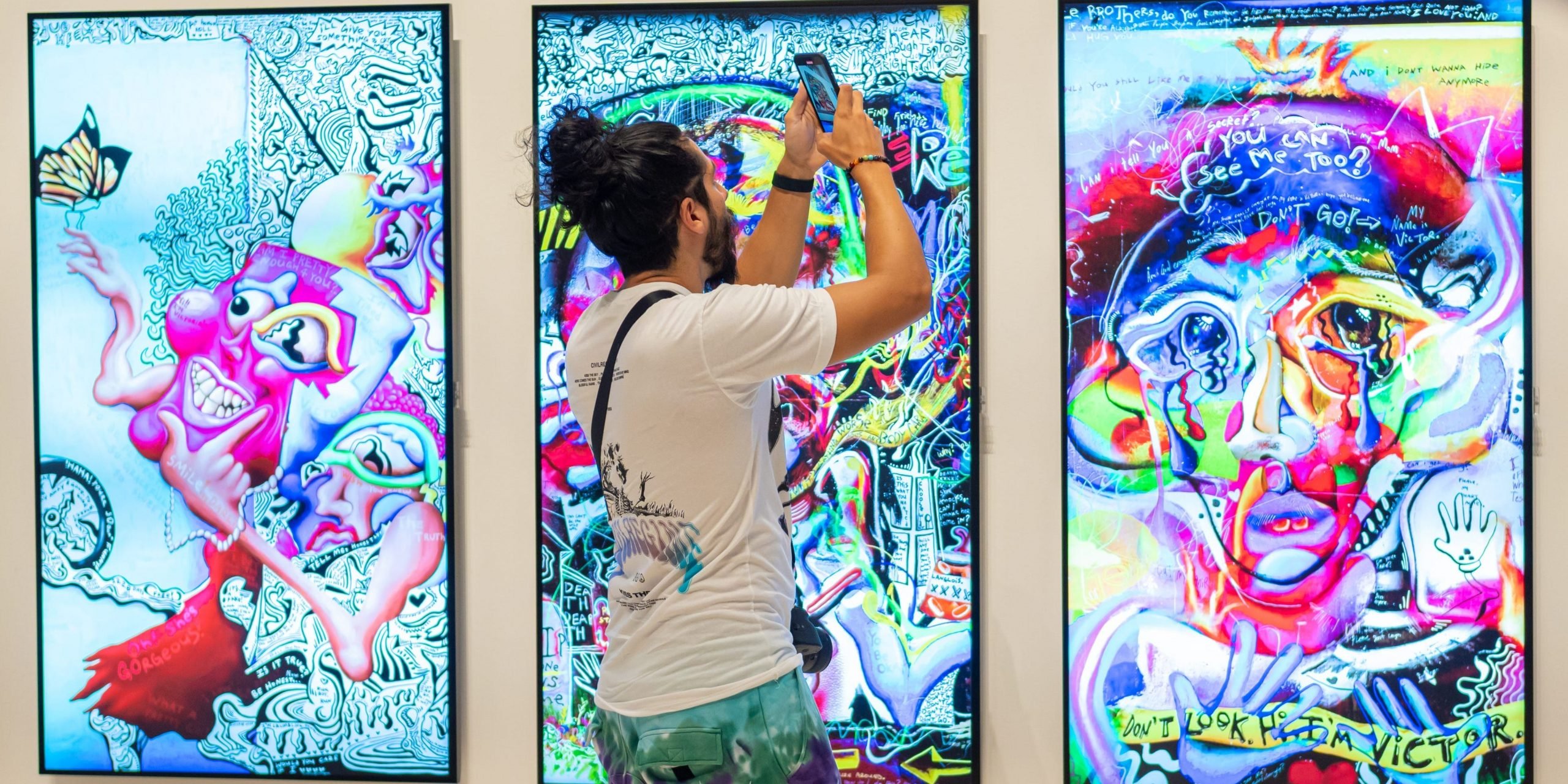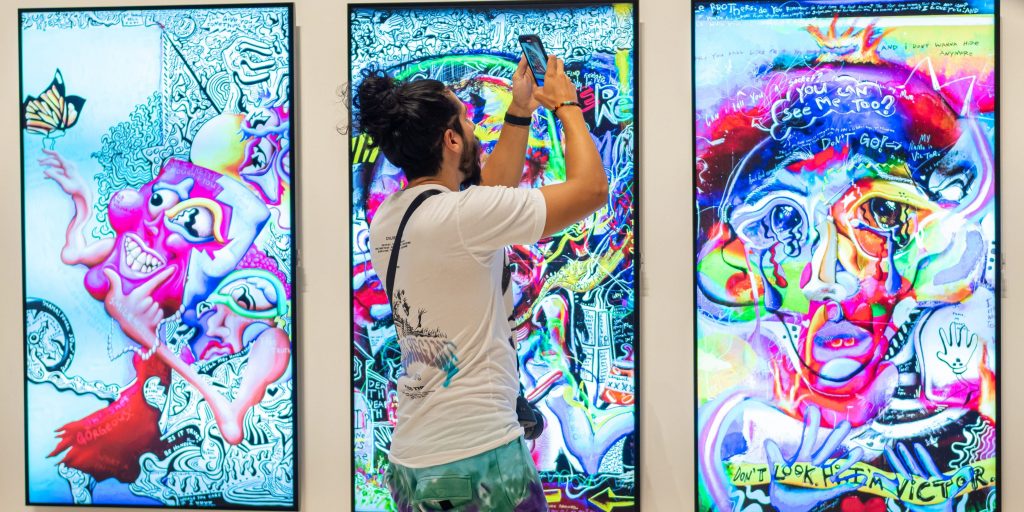
Noam Galai/Getty Images
- NFTs have exploded in popularity in 2021, soaring to an eye-popping $2.5 billion in sales volume in the first half of 2021.
- Still, the industry is still very early on in the adoption curve and is yet to break into the mainstream.
- Here are five things experts say the market still needs to do in order to expand further.
- Sign up here for our daily newsletter, 10 Things Before the Opening Bell.
Digital collectibles are booming.
Alongside an impressive $2.5 billion in sales volume in the first half of 2021, a slew of celebrities, from pop star Katy Perry to rapper Jay-Z, as well institutions such as the NBA and Louis Vuitton, have jumped into the market for non-fungible tokens.
While NFTs are undoubtedly experiencing exponential growth, the industry is still very early on in the adoption curve and is yet to break into the mainstream, said Cameron Chell, founder and chair of CurrencyWorks, a blockchain firm.
"Collecting is part of the human psyche," Chell said. "With the advent of blockchain and the use of NFTs to create digital assets that are truly scarce, the inherit behavior of collecting things that we identify with can now happen."
NFTs are digital representations of any form of artwork tied to a blockchain. Each NFT has a signature that can be verified in the public ledger and cannot be duplicated or edited. When people buy NFTs, they gain the rights to the unique token, not the artworks themselves.
And yet, the industry is in its infancy even after a breakout year. Here are five things experts say the NFT market needs to do in order to break further into the mainstream.
1. Authenticity
There are currently limited tools to determine the authenticity of NFTs despite the difficulty in altering one, said Anthony Georgiades, president and COO of Pastel, an NFT marketplace.
His company uses tools that authenticates NFTs by scouring not only its own marketplace but others as well. Further guarantees of authenticity are important for collectors, especially in crypto markets where scams are common.
2. Scalability
The majority of NFTs are currently held on the ethereum blockchain, which is a layer-1 network. But for tokens that demand high transaction speed and innovative features, a layer-2 network - a secondary network built on top of an existing one - may be preferred, said Georgiades. Scalability, he said, is among the biggest drawbacks in the mainstream adoption of NFTs.
3. Interoperability
While most NFTs are on the ethereum blockchain, others can host them as well, such as binance smart chain and flow. This could be a problem because NFTs being in different "cities" won't allow them to share scalability, security, and messaging, said Hugo McDonaugh, co-founder of Cryptograph, an NFT auction platform. He says this is why he is helping develop the polkadot network, which he referred to as the "road between all these cities."
4. Storage
Buying NFTs is one thing, but storing them is another. Typically, the simplest way to store NFTs tokens is in cloud storage solutions such as Google Cloud and Amazon Web Services. Doing so poses a lot of risks, said Georgiades, as these could just vanish, change, or go offline without the owners' control.
IPFS, a peer-to-peer storage system, he said is gaining traction but may be unwieldy as it requires individual holders to maintain nodes across the world.
5. Accessibility
More and more investors may be gaining awareness of what NFTs are but the barrier to participate is still relatively high, said McDonaugh. What will lower the barrier, he said, is a secondary marketplace where all currencies and all assets from all "cities" are accepted when buying and selling.

